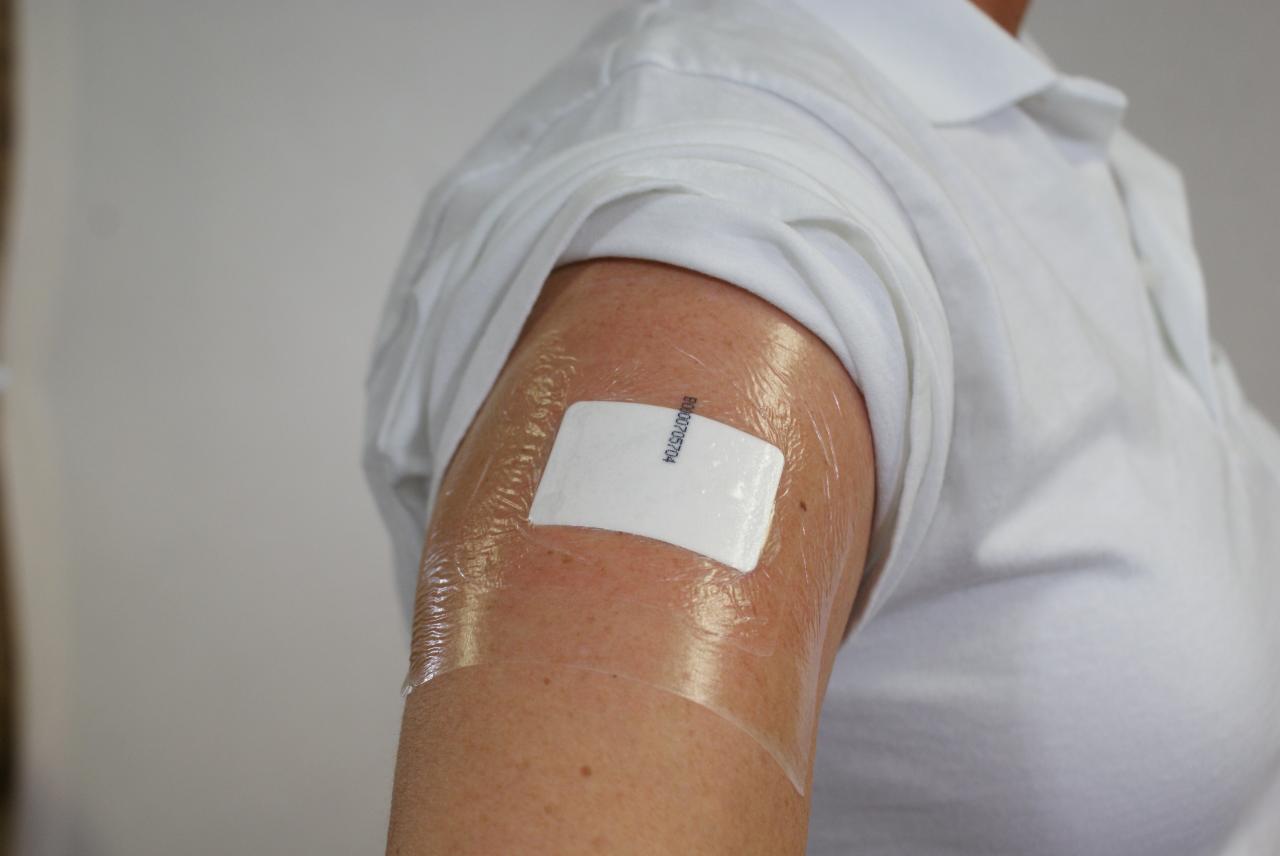A PharmChek patch is compromised if it exhibits specific physical indicators, potentially leading to adverse health outcomes and affecting medication delivery. Understanding the characteristics of a compromised patch and implementing proper security measures is crucial for ensuring patient safety and maintaining patch integrity.
This comprehensive guide delves into the potential consequences of a compromised patch, explores the security features incorporated into PharmChek patches, and provides detailed instructions for patch replacement and disposal. By adhering to these guidelines, healthcare professionals and individuals can minimize risks and optimize the effectiveness of transdermal drug delivery systems.
Compromised Pharmchek Patch Characteristics
Pharmchek patches are compromised if they exhibit physical indicators of tampering or damage. These indicators include:
Visible Signs of Tampering or Damage
- Torn or cut edges
- Holes or punctures
- Discoloration or staining
- Uneven surface or raised edges
- Missing or damaged backing
Regular patch inspections are crucial to identify compromised patches and ensure patient safety.
Potential Consequences of a Compromised Patch

A compromised Pharmchek patch poses significant health risks:
Health Risks, A pharmchek patch is compromised if
- Medication overdose or underdosing
- Ineffective treatment
- Allergic reactions or skin irritation
Compromised patches can also lead to the loss of medication adherence, impacting treatment outcomes.
Patch Integrity and Security Measures
Pharmchek patches incorporate security features to prevent tampering:
Security Features
- Tamper-evident packaging
- Unique patch identifiers
- Holographic security labels
Proper storage and handling are essential to maintain patch integrity:
Storage and Handling
- Store patches in a cool, dry place
- Keep patches out of direct sunlight
- Handle patches with clean hands
Healthcare professionals play a crucial role in ensuring patch security by educating patients and monitoring patch integrity.
Patch Replacement and Disposal Procedures

Replacing a compromised patch is necessary to ensure patient safety:
Replacement Procedure
- Remove the compromised patch
- Clean the application site
- Apply a new patch to a different location
Proper disposal of used or damaged patches is essential for environmental protection:
Disposal Procedure
- Fold the patch in half with the adhesive sides together
- Place the patch in a sealed envelope or container
- Dispose of the patch in a sharps container or according to local regulations
Improper patch disposal can contaminate the environment and pose health hazards.
Common Queries: A Pharmchek Patch Is Compromised If
What are the physical indicators of a compromised PharmChek patch?
Physical indicators include visible signs of tampering or damage, such as tears, punctures, or discoloration. The patch may also feel loose or detach easily from the skin.
What are the potential health risks associated with a compromised patch?
A compromised patch may allow contaminants to enter the body, leading to infections or allergic reactions. It can also affect medication delivery, resulting in underdosing or overdosing.
How can I properly store and handle PharmChek patches?
Store patches in a cool, dry place away from direct sunlight. Avoid cutting or folding the patches. Handle them with clean hands and apply them immediately after opening the package.
What should I do if I suspect my PharmChek patch is compromised?
If you suspect your patch is compromised, remove it immediately and contact your healthcare provider for further instructions. Do not reuse a compromised patch.
How should I dispose of used or damaged PharmChek patches?
Fold used or damaged patches in half with the adhesive sides together. Place them in a sealed container and discard them in the trash. Do not flush them down the toilet.